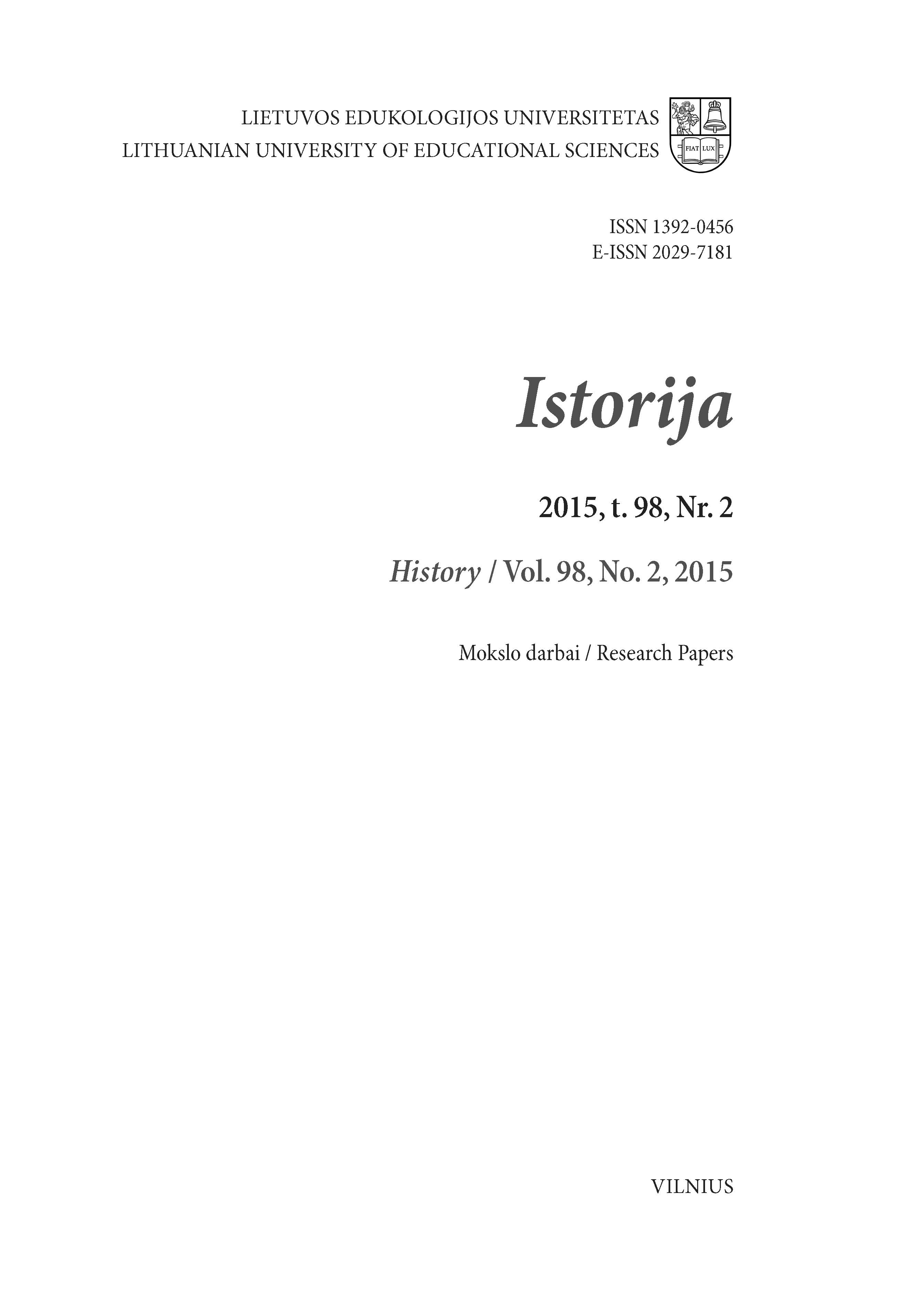
We kindly inform you that, as long as the subject affiliation of our 300.000+ articles is in progress, you might get unsufficient or no results on your third level or second level search. In this case, please broaden your search criteria.

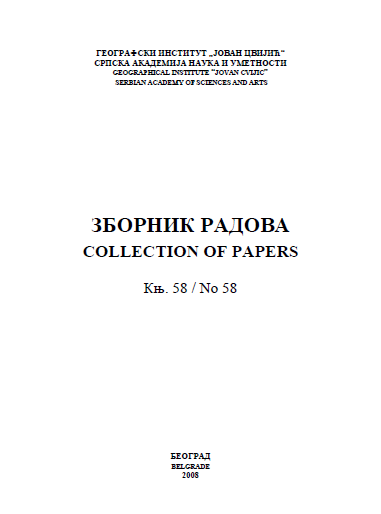
A gallery “Milan Konjović” in Sombor is a culture establisment in which there are exhibited works of a famous impressionist Milan Konjovic. It was opened in1966 and it is placed in a Galley house, on the Square of Holy Three. Works of Milan Konjović are presented by chronological productions and occasional the matic exhibitions, and a collection consists of 1060 works today. In order to notice the tourist importance of this establishment, in this work there will be done a SWOT analysis which will point to internal abilities and internal weakness on one hand and, on the other hand,there will be analysed exterior possibilities and those are chances and threats from the surroundings. Considering the fact that conditions in our institutions of culture are on unsatisfactory level, in this paper two affirmed galleries in London will be presented: theTate Gallery and the Tate Modern, which represent positive example of successful management in cultural institutions.
More...
The paper deals with the presence of anthropogenic tourist motifs in the area of the Special Nature Reserve “Carska bara” in the north of Serbia with the following rural settlements taken into consideration: Belo Blato, Ečka, Knićanin, Lukino Selo, Perlez and Stajićevo. The presence of cultural heritage from a group of archaeological sites, works of monumental and artistic features, spatial cultural and historical units, famous places and memorials, folklore heritage, religion and beliefs, language and manifestation values has been recorded in the studied area. The area is well connected with the city centers of this part of Serbia and for the current level of tourism development, it has a satisfactory number of accommodation capacities. After analyzing literature and local cultural offer, it is concluded that for the purpose of attracting more tourists, cultural, that is anthropogenic tourist motifs must be united in the offer with the natural phenomenon Carska bara and its near environment. Together, they can lead to the development of an increasingly popular type of cultural tourism — creative tourism, enchanting tourists the life of the local population, their culture and customs.
More...
In the modern conditions of tourism development, thermal springs are widely presented as they perform recreational functions. Thermal springs are becoming popular tourist attractions inRussia, while their concentration on Russian territory is rather uneven. In comparison with other countries, where thermal springs play a leading role and represent a dynamically growing recreational and tourist segment, in Russia this segment is still an insignificant part of national tourism. In our research, we studied natural conditions of the territories where thermal springs are located, as well as their quality and convenience for people. We also analyzed the regime of meteorological parameters of the territories of thermal springs located in the Ural Federal Districtfor the period 2015-2017. The analysis of the territory showed that the most comfortable climatic conditions are the characteristic of the southwestern part of the district, which comprises the thermal springs located in the Chelyabinsk region and Sverdlovsk region.
More...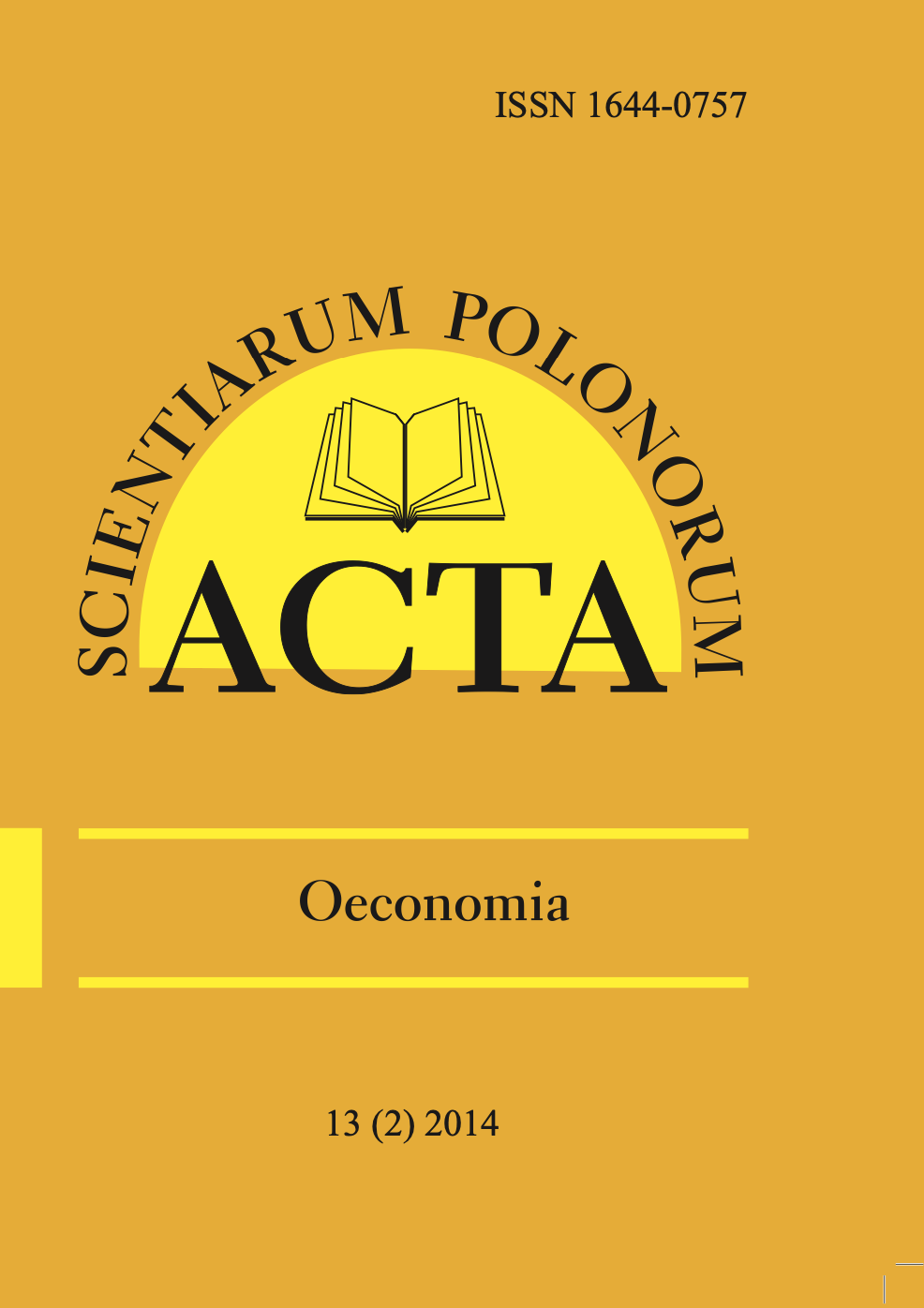
An increased significance of tourism in economy and a growing competition in this area between local government units imply the need for information that would make it possible to identify and assess development opportunities of particular communes. The aim of the research was to assess tourist attractiveness of rural and rural-municipal communes of the eastern part of Warmińsko-mazurskie Province and to identify factors determining their development. Secondary data and information collected by means of a survey were used in the research and analysed statistically. In order to assess tourist attractiveness, synthetic analysis was made with the use of 11 variables. The results made it possible, inter alia, to select three groups of communes with different levels of tourist attractiveness, to define their spatial distribution and to determine the significance of the factors in the development of this economic sector.
More...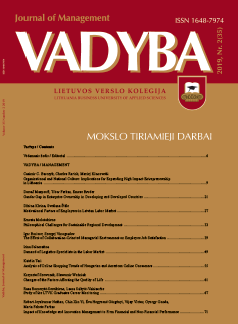
The modern tourism is to combine with new trends in customer behaviour and new expectations. The consumer of tourism services has evolved from being a rational, thinking of the future to an emotional consumer with big needs, dreaming of a “good life”. There is a shift from lower-class consumption habits to higher-class consumption. The modern tourist is expecting a personalized offer of a tourism product. It is a big challenge for the providers of tourism services to offer a tourism product as a “commodity of experience”, which is acquired by those who transform their experiences into memories and build on them for further decisions. The problem of the scientific discussion in this is article is concentrated on the theoretical opportunities to customize CRM tools in the in the value creating process of a tourism product offered by small tourism service providers. The aim of the article is to identify benefits and risks of a CRM concept in creating process of a value-based personalized tourism product offered by small tourism service companies. The scientific literature describes CRM in various ways – as a business philosophy (building a customer-oriented culture and building long-term customer relationships), as a business strategy (functional plans and actions to build customer relationships) and as a technological tool (using information technology for data collection, analysis and customisation through customer relationship management). CRM is also described as a method that requires software and technology that automates the company's business processes related to sales, marketing and customer service. Increasing access to information systems and falling prices for computer programs improve customer relationships in today's travel industry. From a strategic perspective, CRM is an organisational process that enables a company to measure customer's margin and manage customer relationships, thereby improving the company's profitability. Using information technology solutions and building a customer information base simplifies the customer relationship management process. CRM as a new described as a new management mechanism to improve corporate-customer relationships that can be applied as technical support in the marketing, service and other customer-related areas of the tourism business so that customers always feel supported by service personnel and business will keep abreast of changes in customer needs. This encourages tourism companies to make the most of its available resources for customer interaction and to achieve management of travel choices from tourist flows, marketing and technical support, and mutual evaluation management. Tourism companies should develop data collection technique, as this technique can help them develop marketing strategies and maximise the organisation's profits. Tourism companies should collect huge amounts of customer data that can be integrated into databases and are used to make marketing decisions about them. Tourism companies can monitor customer purchasing behaviour by using the submitted process to analyse the data collected. This helps tourism companies personalise marketing solutions and offers to match the preferences of different customers. Tourism companies can maintain regular customers, stop the transition of the most profitable customers to competitors, classify their preferences and influence the prices of short-term services, thereby optimising profitability. In the tourism product development process, the aim is to strengthen user orientation, thus increasing the value of the tourist product for the consumer, the CRM application can be seen as a strategic use of customer data by integrating them into the loyalty scheme, using information technology. Improvement programmes of organisations are constantly evolving, taking into account the new possibilities of information technology in business processes, which can also be attributed to CRM. Proper use of information technology can help maintain customers through more efficient customer relationship management, based on knowledge and strong interaction.
More...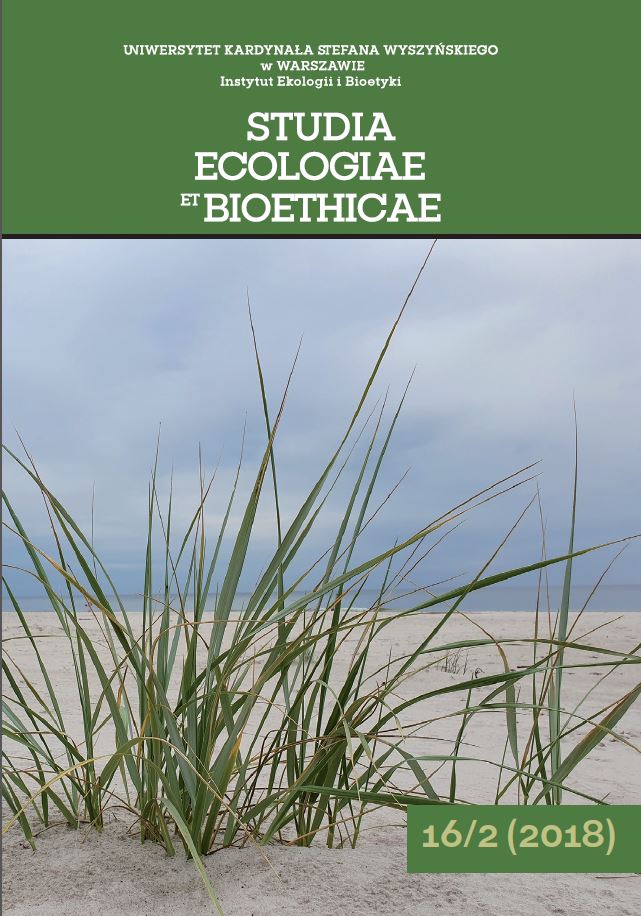
The considerations presented in the article focus on issues related to the implementation of the assumptions of the concept of sustainable development in relation to valuable natural areas that perform tourist functions. The research interests focused on Finland and the United States of America. Due to the large diversity resulting from natural, geographical, spatial and organizational or political conditions - the presented catalog of practical solutions contains a comprehensive set of initiatives that implement in practice the assumptions of sustainable development. These include both activities resulting from the implementation of nationwide projects as well as initiatives implemented at the level of local associations. The presented solutions show that the assumptions of sustainable development are a source of valuable inspiration for practical activities, and the concept itself is not limited only to the discursive and theoretical aspects.
More...
Iceland as an exceptional island, both in terms of natural and cultural values, creates perfect conditions for practicing various forms of tourism and recreation, focused on contact with nature. At present, tourism has become one of the the dominant branches of the country’s economy. The rapid development of tourism causes a proportional increase in impact on Iceland’s natural resources. In relation to the size of the island and its position [location] in the Arctic, even a small tourist traffic causes changes in the environment. The Icelandic authorities recognize the challenges they face in the context of the further development of the tourism industry and undertake activities aimed at the sustainable development of this area. The purpose of this article is to analyze the impact of Iceland’s tourist development on the natural values of the island in the light of the idea of sustainable development.
More...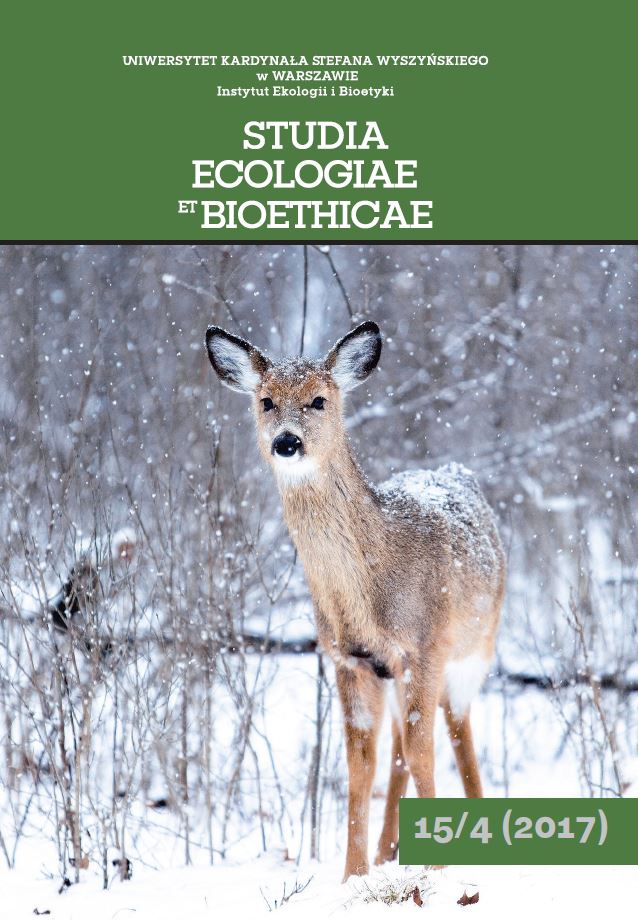
The Richard Butler’s model of the tourism area life cycle (TALC) proposes a defined image of qualitative changing of number of tourists N over time within this area and of environmental, social and economic processes simultaneously proceeding there. According to the model N increases up to stagnation phase following S-shaped curve. The curve is a solution to logistic equation incorporated to the TALC model from ecology. The aim of this paper is to remind of the properties of the logistic model and underlying ecological assumptions, of some consequences that they may impose to TALC model, and to tie some other aspects of the TALC model with ecology. In particular, a graph of the right-hand side of the logistic equation as a function of N is invoked labeled with the description of consecutive phases of the touristic area development reminding that the first “primary” stage of the area, i.e. when N is small, has the greatest tourist population growth per capita. Then, that there is a decline of the attractiveness of the area in spite of – according to TALC scenario – provided facilities and investments. The same graph might be used to show some principal differences between ecotourism and mass tourism. Moreover the issues of population regulation, density-dependent self regulation, Allee effect, carrying capacity and r and K strategies were raised. It was also suggested that some experience from mathematical population modeling could be helpful in such considerations.
More...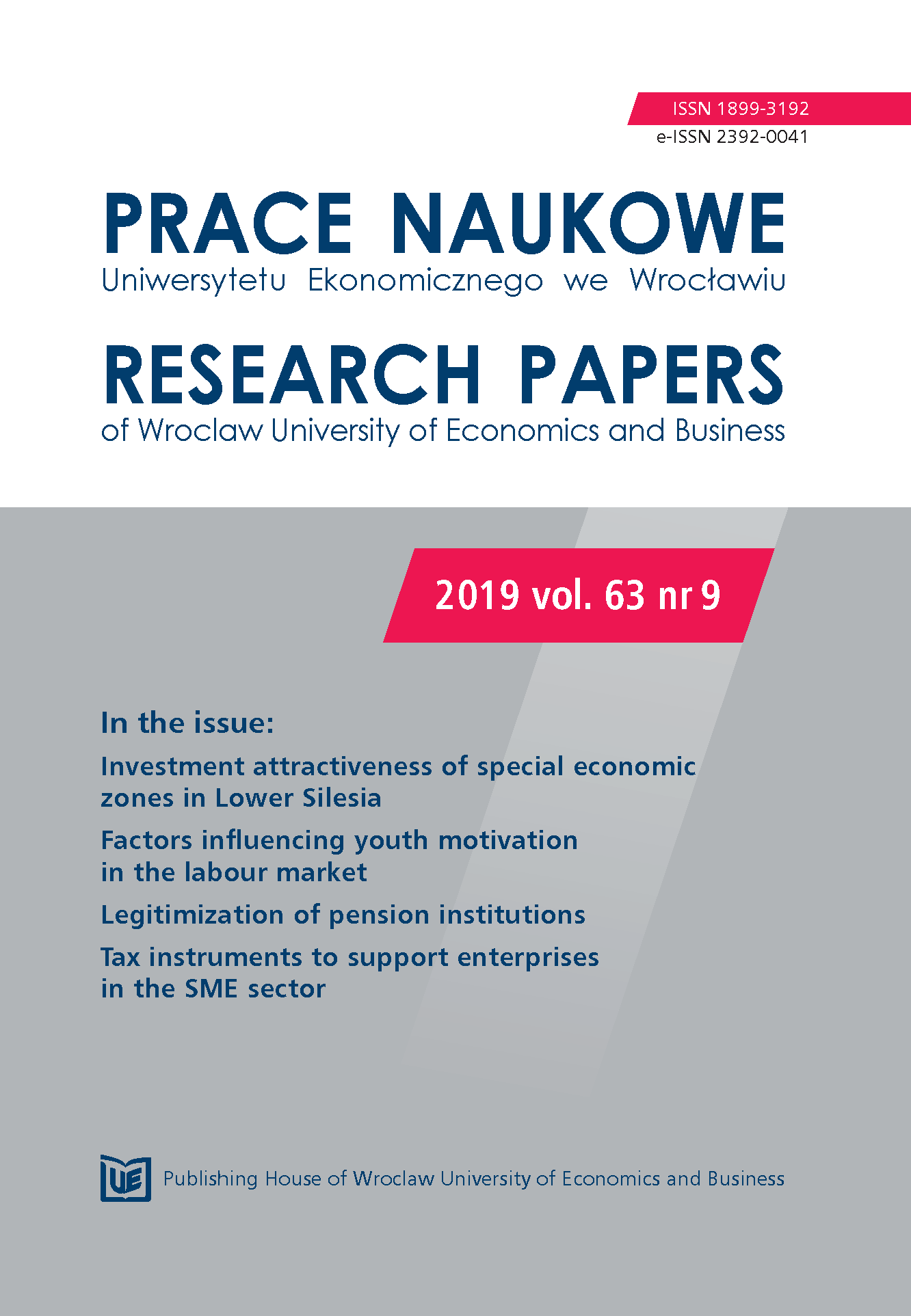
The goal of this paper was to identify the functions of mass tourism and overtourism and explore the possibilities of the optimisation of solutions allowing to prevent excessive levels of tourism, using the example of two Polish agglomerations, Poznan and Wroclaw. Based on theoretical solutions and proposals for actions in selected European cities, research was carried out among local experts on tourism. The results provide an example of local perception of the analysed problem. The conclusions indicate that in these cities the problem of mass tourism and especially overtourism does not exist; and that tourism is perceived through the lens of economic effects, which are seen as a very significant positive attribute. The optimization of mass tourism solutions that support limiting excessive tourism includes e.g: the distribution of tourist infrastructure and attractions in various parts of the city, creating tourist products covering urban space as well as suburban areas, cooperation and coordination in the field of tourist initiatives.
More...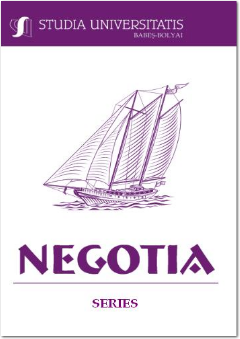
Tourism is one of the main economic activities in many countries. The core idea of this paper is to conduct a comparative analysis of the economic impact of tourism in Romania, Spain and Turkey during 2000 - 2018. Thus, the aim of the present paper is three-fold. The first is to analyze the direct, indirect and induced contributions of Travel & Tourism to GDP in these countries. The second is to determine the impact of Internal T&T Consumption on GDP growth. The third is to measure tourism multiplier and tourism efficiency.
More...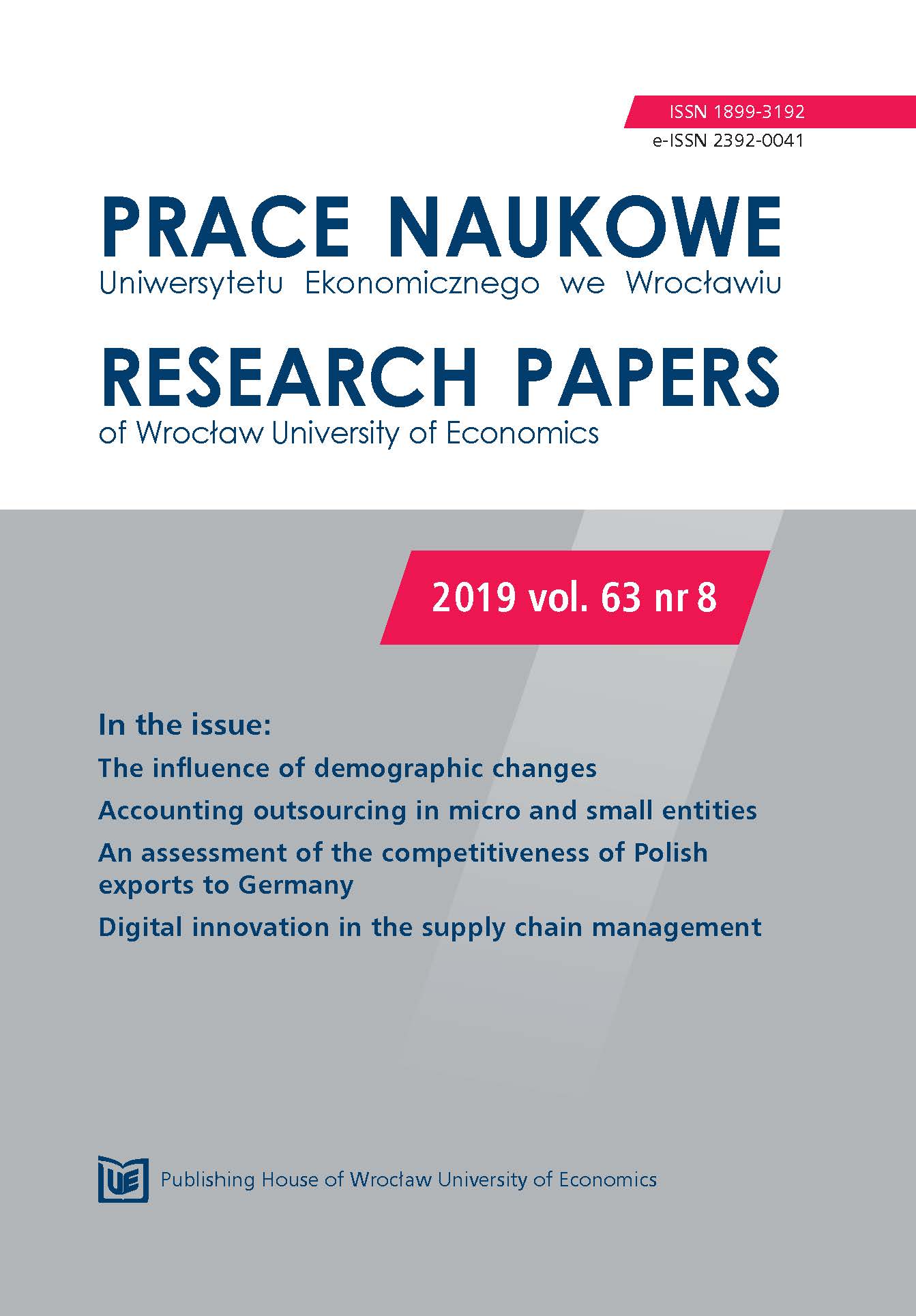
Tourism infrastructure is one of the main elements enabling the development of tourism and recreation. It also gives a specific location a competitive advantage, often resulting from urban processes in areas which, by definition, perform completely different socio-economic functions. This is the case with new urban structures, such as aerotropoli, generated as a result of the integrated planning and management of large airports and airport- -related areas. The main purpose of the work is to present the process of the development of tourism infrastructure at the aerotropolis and emphasize the role of created investments for the entire area located around Hong Kong International Airport. The article describes the processes related to the development of tourism infrastructure within the aerotropolis on Lantau Island. Reference was made to several subsystems including, among others, Hong Kong International Airport, the town of Tung Chung (also called Tung Chung New Town), Hong Kong Disneyland Resort and Ngong Ping 360. The publication is descriptive and illustrative, and is based on an analysis of the literature on the subject and Internet resources. The described case confirms that the physiognomy of airports and airport-related areas in the urban structure undergoes significant changes. They are transformed from facilities serving almost exclusively to meet transport needs to multifunctional spaces, which see the vicinity of the airport as an opportunity for the development of tourism and specific forms of tourism.
More...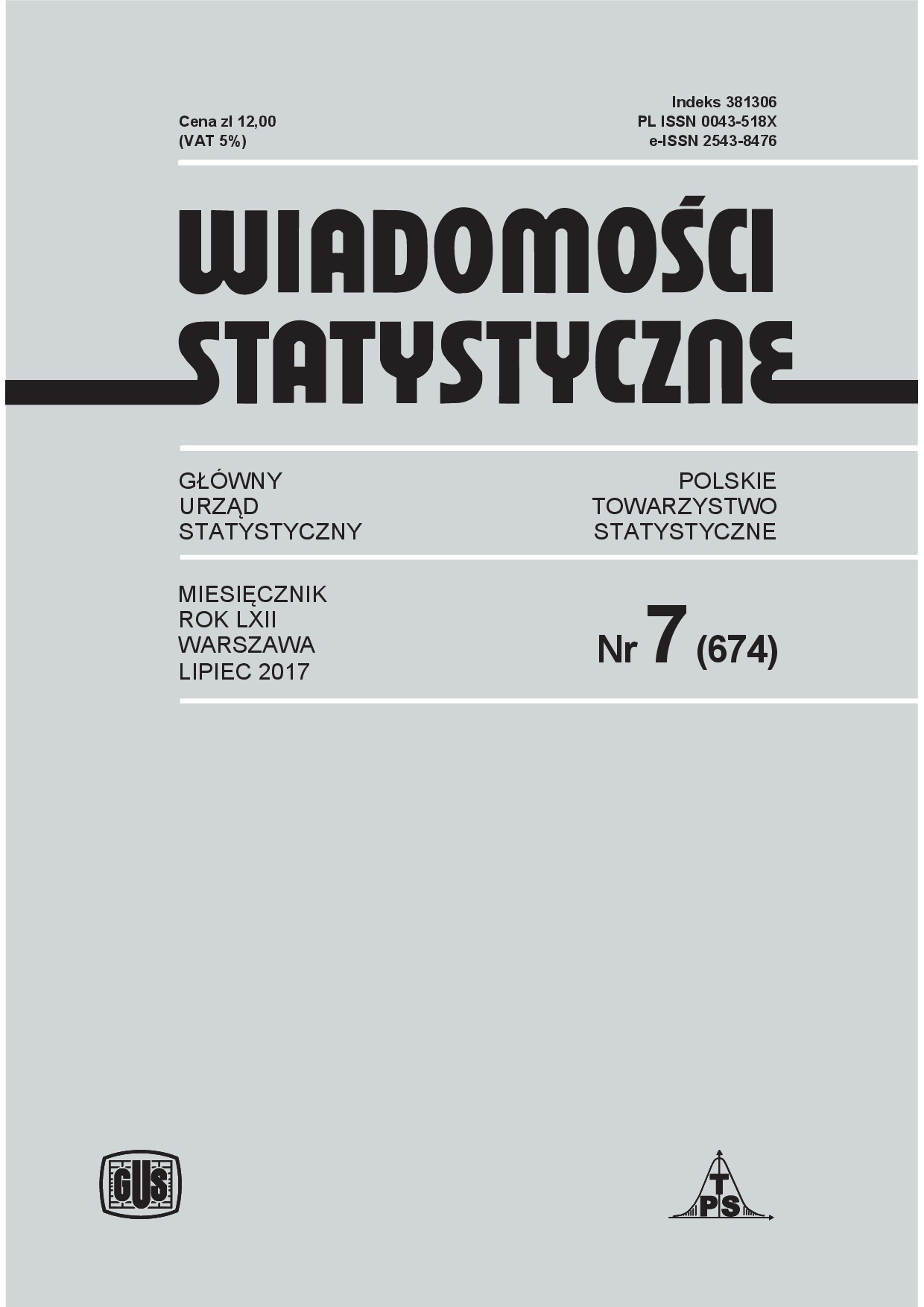
The aim of the article is to compare tourist attractiveness of Polish voivodships. Data published by the Central Statistical Office for 2014 was used in the research. The Hellwig’s method of taxonomic measure of development and the TOPSIS (Technique for Order Preference by Similarity Ideal Solution) were applied to assess tourist potential. The results were compared with the corresponding values of the Schneider’s tourist traffic density and intensity rate. The analysis shows that the highest tourist potential was recorded for Małopolskie and Silesian, while the lowest for: Podlaskie and Lubelskie Voivodships. An efficient use of tourist potential was demonstrated by i.a. Małopolskie, Silesian, Lower Silesian, Pomeranian and West Pomeranian Voivodships.
More...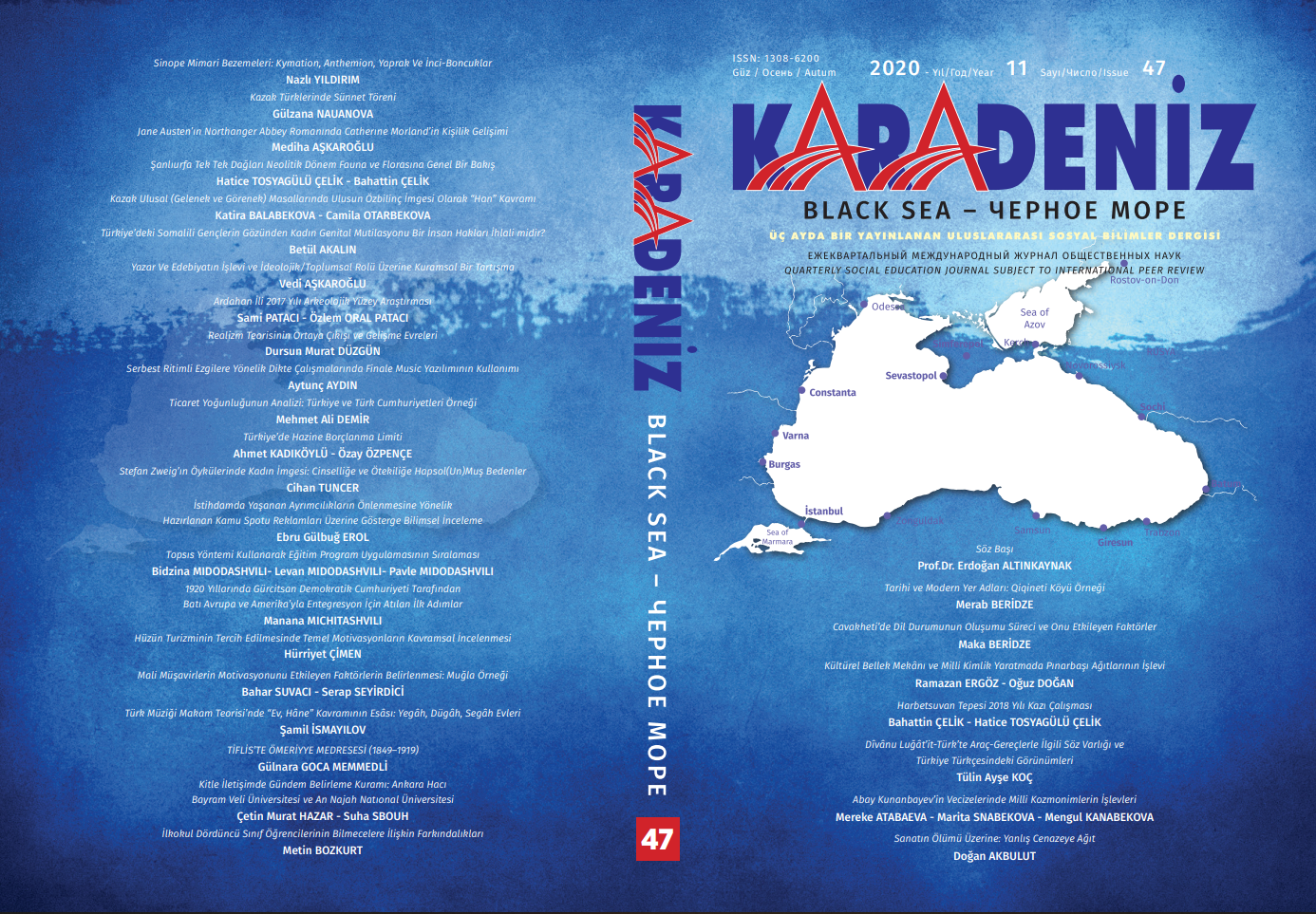
The impact of past painful events on people is increasing day by day with the effect of humanization. Many geographical areas have become tourist destinations for reasons such as sharing these pains, not being forgotten, remembering and remembering those moments. Interest in these destinations is increasing day by day. For this reason, it is necessary to investigate the motivations that trigger these travels, which can be defined as dark tourism, to understand the reasons for travel, to evaluate them from a touristic perspective and to increase the quality of service. Contrary to the general understanding of tourism, sadness tourism stems from unhappy motivations such as sadness and refreshing pain instead of motivations such as being happy, resting and having fun. For this reason, the participants should be considered different from the general tourist type. For the majority of this audience, the reasons to travel are relatively compulsory, and destination options are also limited. Their destinations are determined. It is very difficult to change, but can be changed over time. In order for a place or an event to be the subject of sadness tourism, it must have deeply injured a certain audience. The psychological foundations of sadness tourism are quite strong. In short, tourism can be defined as travel to places that cause sadness and pain. Even if sadness is not the exact equivalent of tourism, travels made for this purpose are given different names in the literature. The most common of these are; Sorrow tourism, pain tourism, mourning tourism, dark tourism, war tourism, fear tourism, shame tourism, death tourism. The places and events that fall within the scope of sadness tourism; technological disasters, torture areas, natural disasters, war zones, genocides, places where famous people died. It is possible to deeply underestimate the impact level of events and areas that are the subject of sadness tourism on visitors. The purpose of this research; It is aimed to examine the concept of sadness tourism as a type of tourism, determine the areas it covers and the behaviors that motivate tourists to visit. For this purpose, the examples were examined by making a literature review.
More...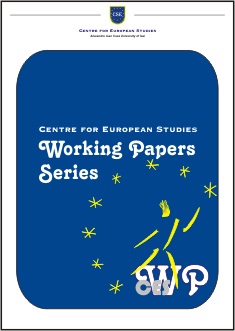
The COVID-19 pandemic has caused blockages in all economic sectors, but tourism is the most affected one. The rapid evolution of the crisis and the unknown characteristics of the pandemic makes it extremely difficult to estimate the real impact of COVID-19 on international tourism. Quarantine measures, flight cancellations, bans and border closures are expected to reduce international tourist arrivals by 20% to 30% by 2020 (UNTWO, 2020). This article presents the effects caused by the COVID-19 pandemic on the tourism sector. The research methodology consists of statistical indicators regarding the effects of the coronavirus pandemic on the tourism sector and an analysis of the results. The results underline that, in all countries, the coronavirus pandemic has affected the tourism sector, but the intensity to which has done it is different.
More...
The article focused on determining the effects of rural tourism on the social and economic situation of rural areas. The research was carried out on the basis of data collected from the National Bureau of Statistics of the Republic of Moldova for the period 2015-2020. There were analysed indicators reflecting the evolution of rural tourism such as attendance of establishments, capacity of establishments, number of tourists placed in establishments of collective touristic reception with functions of accommodation, number of overnight stays in establishments of collective touristic reception with functions of accommodation and indicators that reflect the socio-economical situation of rural areas in the Republic of Moldova such as households equipment by dwelling facilities, disposable incomes of population, employed population. The results showed the relatively small positive trend of indicators reflecting the evolution of tourism in rural areas of the Republic of Moldova and a weak, but positive effect on households equipment by dwelling facilities and disposable incomes of population.
More...
The tourism sector plays a crucial role in economic growth of developing countries. Tourism increases business and employment opportunities and contributes to the development of local infrastructure. The preservation of cultural heritage and the promotion of peace between nations are other benefits of this sector. The main objective of this study is the investigation of the main demand and supply factors of international tourist arrivals to Albania, given the important role of the tourism sector on the national economy. A gravity-type equation is estimated through three different estimation techniques, controlling for basic and experimental independent variables. The basic assumption of the gravity model states that bilateral flows depend on some factors related to the origin and destination countries and other factors that approximate the bilateral distance. The analysis is based on an annual dataset of international tourist arrivals to Albania from 22 origin countries over the period 2001–2018. Empirical results show a satisfactory explanatory power of the considered equations.
More...
This article presents a brief analysis of the quality of the hotel services of Chisinau city during 2010-2018, including statistical data of the indices of net use of acting touristic accommodation capacity for 4 and 5 stars’ hotels. The authors explained the qualitative and quantities aspects of hotel industry.
More...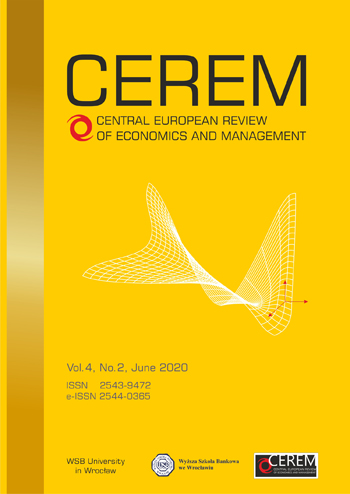
Aim: This article investigates the effects of two attacks and a failed coup attempt during 2016 on the tourist behavior. Foreign tourist data for the 2003-2019 period is analyzed to observe irregularities in Turkey’s national tourism income. Design / Research methods: Linear regression, multivariate regression and regression based static forecasting methods are applied for modeling the relationships. These models are supported with statistical tests.Conclusions / findings: Results on this study are in accordance with the current literature in the sense that conflicts in 2016 caused a shift in tourist behavior which in turn impaired the tourism industry in Turkey. Repercussions did not endure longer than expected and Turkish tourism recovered rapidly, only facing a serious loss due to the shift in tourism demand trend.Originality / value of the article: This study makes an addition to the terror and tourism literature, especially for the Mediterranean region and specifically for Turkey both of which are among the most popular tourist destinations worldwide. The aftermath of attacks and the coup attempt in Turkey during 2016 have not been researched before. The data and the outcomes presented sufficient evidence to infer on this issue.
More...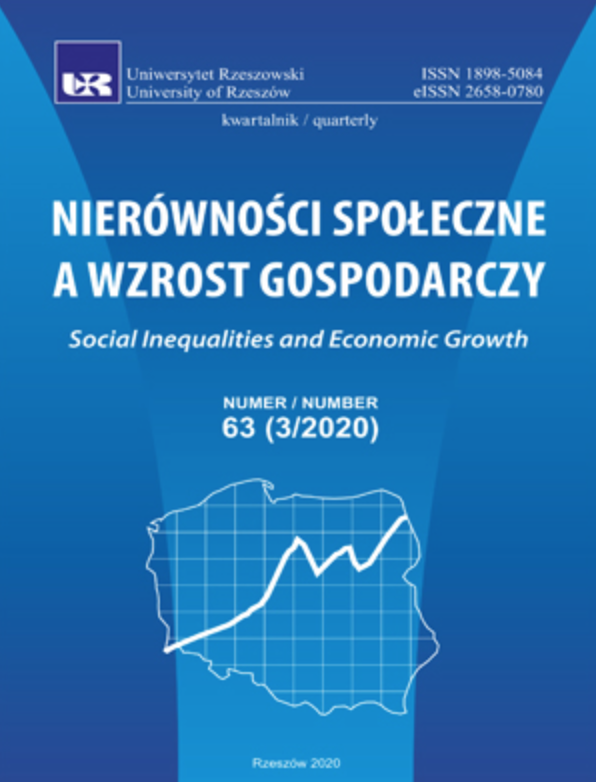
Changes in social structures usually concern the emergence of new institutions, including thoserelated to the development of tourism, and bring about changes in the existing structures. One of themajor socio-economic consequences of tourism is the economic activation of an area.The purpose of this article is to indicate the role of non-governmental organizations in thepromotion of cultural heritage and tourism in the Kashubian ethnoregion by presenting the structure,examples of activities and the number of recipients of non-profit organizations operating in this area.An important element of the study, due to the research issues undertaken, is also the presentationof the structure of subsidies granted to non-governmental organizations by the Poviat Eldershipin Kartuzy, broken down by the amount of public funds allocated and the organization’s owncontribution. The study is also complemented with an indication of the location of the Kashubianethnoregion, including cultural heritage resources.Research conducted on the number of non-governmental organizations has shown that inthe Kartuzy poviat their number has increased to 311 in 2019 since 2011. The structure of NGOsoperating in the Kartuzy poviat in 2019 shows that 52 organizations operated in the sphere of‘Culture, art, protection goods and traditions’, activities for national and ethnic minorities and theregional language, as well as ‘tourism and recreation’. In the area these institutions perform theroles of organizers of various events, including those of a folklore nature, such as concerts, rallies,handicraft exhibitions and many others. Not only is the rich cultural heritage of Kashubia promotedthrough this type of activity, but it also makes the development of tourism possible
More...